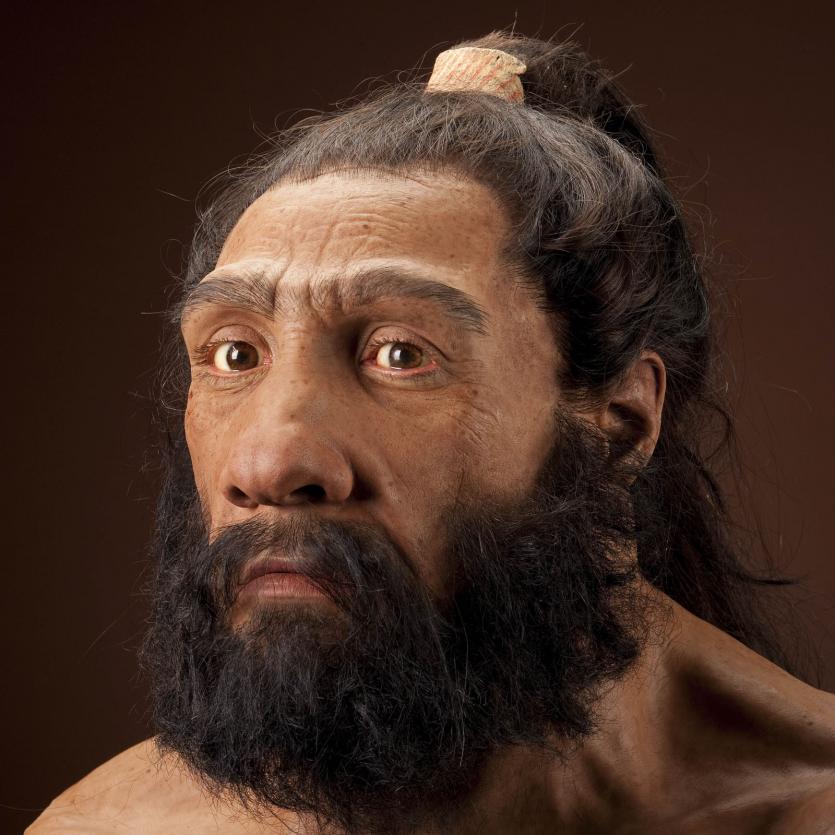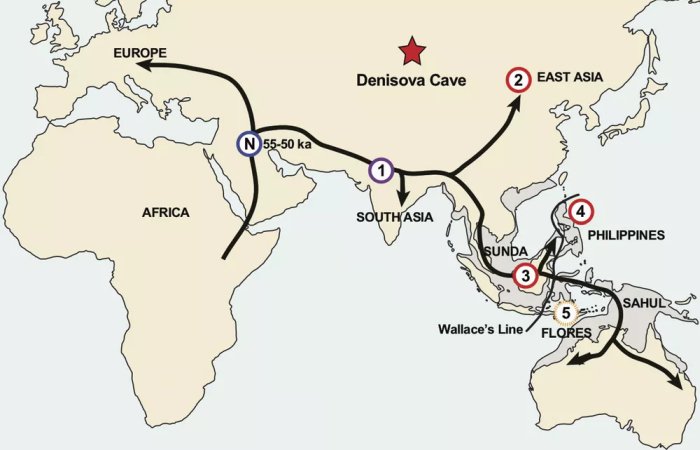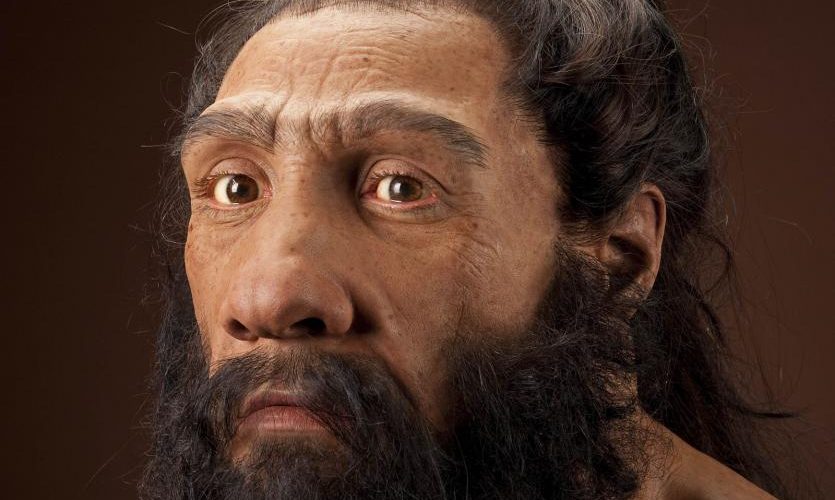
Modern humans are known to have originated in Africa and were widely spread all over the world. However, in the process, it has been found that the Neanderthals, who died out 20,000 years ago, and the Denisovans, who diverged from the Neanderthals, were hybridized. However, as a result of the new DNA analysis, it is said that there are two unknown traces of humanity that have not been confirmed so far in the DNA of modern humans and that there was a hybridization with the modern humans in the past.
When humans spread from Africa to the Eurasian continent, Neanderthals and Denisovans lived longer than humans in many places. Among them, humans are hybrid, and their DNA is passed down to modern humans.
The University of Adelaide’s biology research team in Australia announced that two types of human DNA, in addition to Neanderthal and Denisovan, are inherited from the DNA. The research team says that the genetic traces of past hybridization events remain, and that the unknown human group that we discovered is widespread, genetically diverse, and lives in our DNA. Emphasize that the story of extinct mankind is an essential part of thinking about how mankind has evolved.
The research team analyzed the DNA of modern humans with the help of AI to find the unknown traces of humanity that have extinct two types. The research team investigated where the hybridization between humans and unknown humans occurred. It is said that 2% of modern human DNA is of Neanderthal origin. It means that humans left Africa and formed a hybridization with Neanderthals, and it is said that this hybridization occurred near the Middle East from 50,000 to 55,000 years ago.
It is said that while human ancestors moved east of the Eurasian continent, that is, toward India and Southeast Asia, for a long time, they encountered a new human group, not Neanderthals. It is estimated that at least three other humans lived in Southeast Asia, and they were hybridized with humans before extinction.

One of the three types of humans that humans encountered in Asia were Denisovans, whose existence was known from before, but the other two are unknown humans whose existence has not been confirmed until now. The unknown humans were named EH1 (extinct hominid 1) and EH2 (extinct hominid 2), respectively.
EH1 is estimated to have been hybridized with EH1 by Asian and Papuan ancestors at the same distance between Denisovans and Neanderthals. It is said that about 2.6-3.4% of the DNA of modern Asians and Papuans is inherited from EH1. People who inherit the DNA of EH1 are also found in East Asia, the Andaman Islands, and indigenous Australians, so it is presumed that humans met EH1 in northern India. In addition, after crossing with EH1, humans are believed to have cross-linked with Denisovans, and it is said that cross-breeding with East Asia, Sunda Islands, and the Philippines was carried out.
In the past, humans seem to have met EH2 on Flores Island, Indonesia. The DNA of EH2 seems to be seen only in people living near the cave where Homo floresiensis was found, among modern people. Therefore, the EH2 gene was inherited only within a very small population and did not spread to other regions.
The research team says that the human journey in Africa is not simple, but human history is more complex than previously thought. Other human groups appear to have lived long before arriving in the vicinity of Southeast Asia, and unfortunately the arrival of humans is believed to have led to the extinction of ancient humans. Related information can be found here .


















Add comment